History
The Manggha Museum of Japanese Art and Technology, created on the initiative of Andrzej Wajda and opened in 1994 as the Manggha Centre of Japanese Art and Technology, was a branch of the National Museum in Krakow for ten years, and at the same time the venue of the proactive activities of the Andrzej Wajda and Krystyna Zachwatowicz Kyoto–Krakow Foundation. In 2005, the Decision of the Minister of Culture granted the Manggha autonomy, changing its status to that of a state cultural institution, and since 2007 it has operated as a museum.
In accordance with the Founders’ idea, the Manggha was intended as the ‘home for the collection of Japanese art’ amassed mostly by Feliks ‘Manggha’ Jasieński, and from 1920 kept at the National Museum in Krakow. The Collection of Far Eastern Art of the National Museum in Krakow was definitively deposited with the Manggha Museum in 2009.
In accordance with the Founders’ idea, the Manggha was intended as the ‘home for the collection of Japanese art’ amassed mostly by Feliks ‘Manggha’ Jasieński, and from 1920 kept at the National Museum in Krakow. The Collection of Far Eastern Art of the National Museum in Krakow was definitively deposited with the Manggha Museum in 2009.
Show from newest

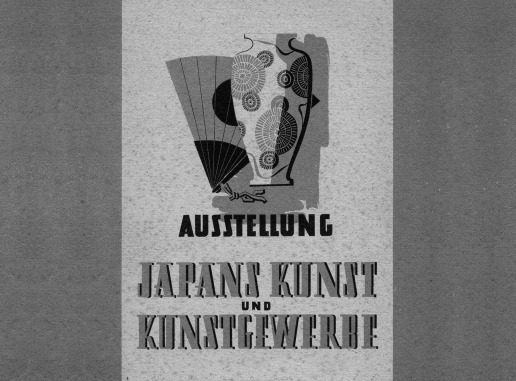
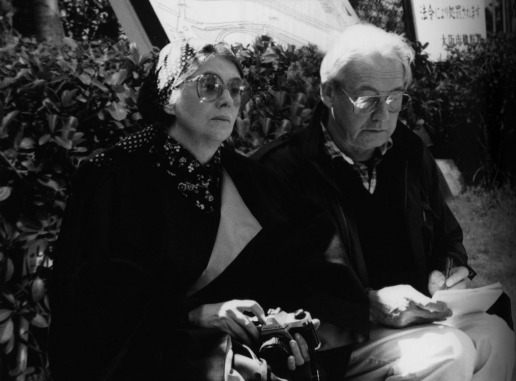
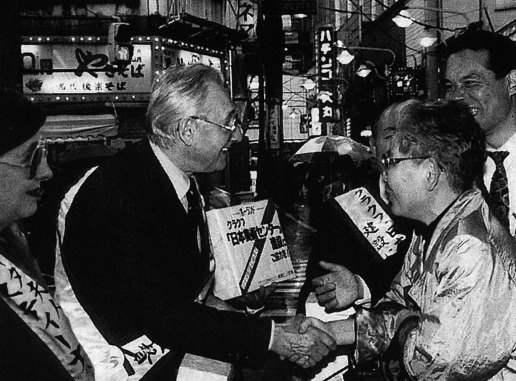
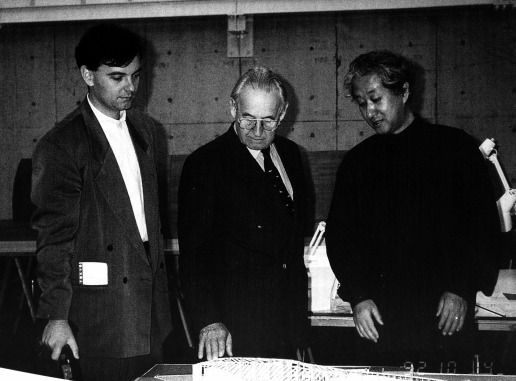

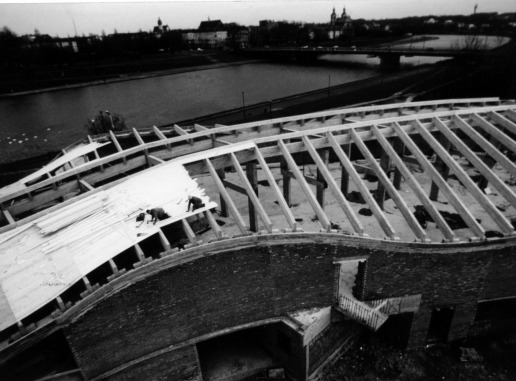
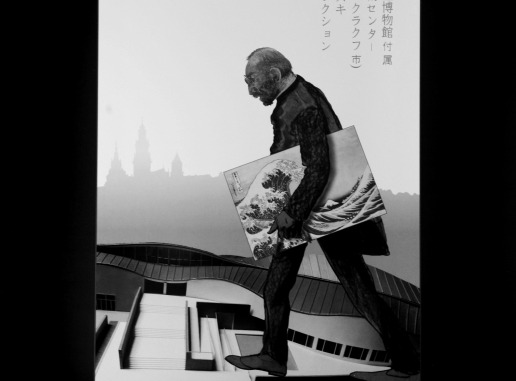
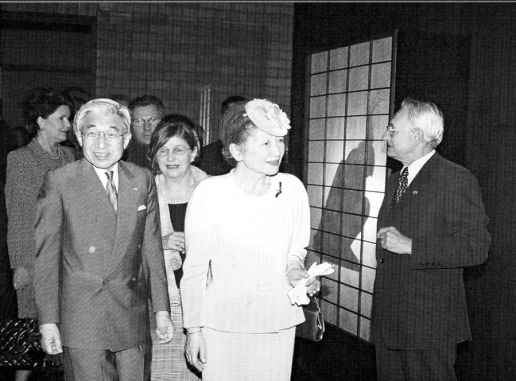
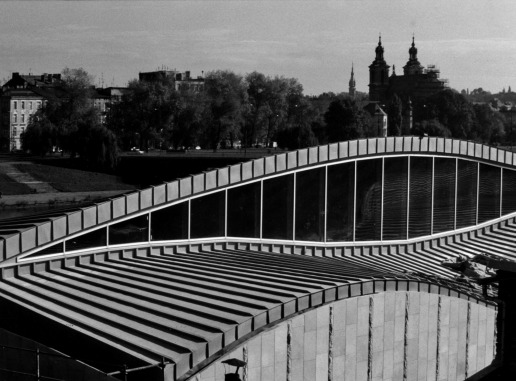
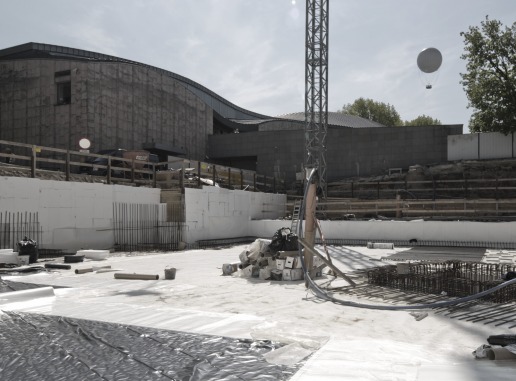
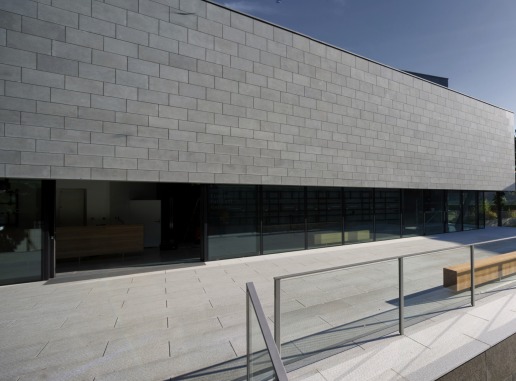
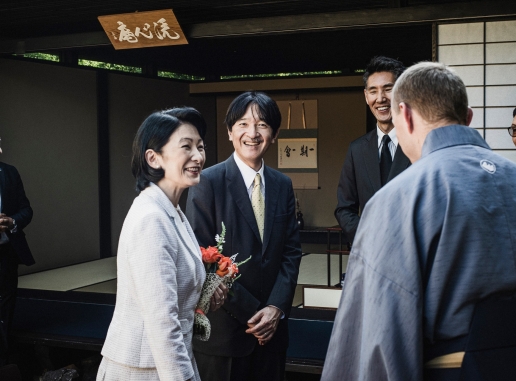
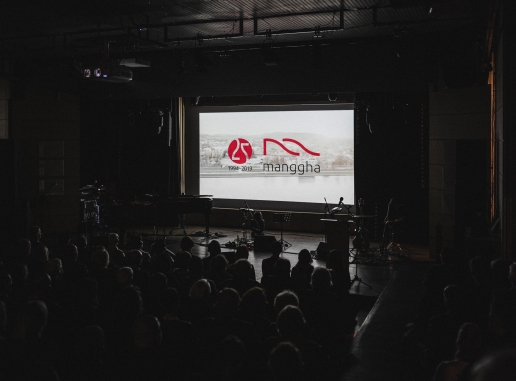
1920

Gift of Feliks Jasieński
The Polish collector and connoisseur of art, Feliks ‘Manggha’ Jasieński, donates his collection of over 15,000 items to the National Museum in Krakow.
Photo: National Museum in Krakow
Photo: National Museum in Krakow
1944

Manggha: the beginnings
Japanese art in Krakow under Nazi German occupation
A portion of Jasieński’s collection is exhibited for the first time at the Cloth Hall Gallery, where it is viewed by a nineteen-year-old Andrzej Wajda.
1987

Kyoto Prize
Andrzej Wajda receives the Inamori Foundation’s Kyoto Prize. The artist uses the whole cash prize to found the Kyoto–Krakow Foundation, whose object is to erect a building that will become the home of Feliks Jasieński’s collection.
1991

Fundraising
The fundraising campaign to build the Manggha Centre is joined by the East Japan Railway Workers’ Union.
1992

Design
The architectural concept design was prepared by the prominent Japanese architect Arata Isozaki, in collaboration with Krakow architects: Krzysztof Ingarden, Jacek Ewý, and JET Atelier.
1993
28 maja
Cornerstone
The cornerstone ceremony initiating the construction of the Centre featured a blessing by Shinto priests.
1993
2 lipca
Construction begins
The construction of the Centre involves over five hundred works, who contribute more than 300,000 hours and complete the project on schedule.
1994
30 listopada
Manggha/Manga/Manggha
Opening of the Centre of Japanese Art and Technology
The poster announcing the event shows Feliks ‘Manggha’ Jasieński against the Manggha Centre building placed in the background, holding under his arm a print by Katsushika Hokusai, known for his book of drawings Manga – in Jasieński’s time transliterated into French as Manggha.
2002
11 lipca
Visit of the Imperial Couple
The Museum is visited by the Japanese Emperor Akihito and Empress Michiko.
2005
2005–2007
Autonomy and independence
In 2005 Manggha ceases to be a branch of the National Museum and is granted the status of state cultural institution, followed by independent museum status in 2007.
2014

New construction project
Europe–Far East Gallery
In June, the cornerstone ceremony inaugurates the construction of the Europe–Far East Gallery.
2015
23 czerwca
Opening of the Europe–Far East Gallery
An annexe to the Manggha Museum complex, the Gallery building comprises exhibition rooms, a conference room, storage rooms, specialist workrooms and office spaces.
2019
29 czerwca
2019
30 listopada
